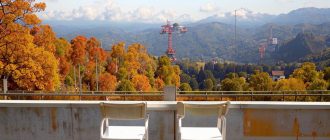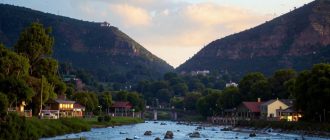Have you ever taken part in an unusual race – for example, at night in the city or at high altitude in the mountains? Even if you haven’t, you can imagine how different this experience is from your usual morning jog in the park.
The editors talked to Russian professional runner Anna Gavrilova, who has participated in more than 20 marathons and many other competitions. She talked about the five most difficult races of her career.

Professional runner
“It’s a truly unique experience. For example, imagine a 17km trail run in the mountains with steep downhills and uphills. Or a marathon at an altitude of 2,800 meters in Colorado in thin air.”
The Aspen Marathon in Aspen, Colorado, July 2023
This race was held at 2800 meters above sea level in the mountains, which presented additional challenges for participants in the form of thin air. Despite this, I took first place in the women’s overall standings.
Participating in the Aspen Marathon last year was not only a personal challenge for me, but also a unique life experience. I decided to take on this unusual mountain race after hearing many intriguing details. For example, the fact that it starts at an altitude of almost 2500 meters above sea level. Running at such an altitude requires careful preparation and acclimatization. I wanted to test myself and see what I could do in such conditions.

Another peculiarity of the route was that most of it was a 35 km descent! In other words, you had to run an almost marathon distance uphill. This is difficult, because my legs get very tired on the downhills, my knees get overloaded and there is a risk of injury. So I took my training as seriously as possible.
I arrived in Colorado a month before the start to gradually adapt to the thin air in the mountains. My husband and I settled at an altitude of about 1800 meters. The first days were hard – I felt physically weak, my speed in training decreased. It seemed as if there was no strength left at all. But gradually with each light training session I felt better. After a couple of weeks, I felt ready for full-fledged exercise.
In addition, I studied the profile of the course and ran some of its sections several times, especially the difficult descents. This helped me to get a feel for the terrain and understand where I could run faster and where I should save my energy for the distance.
In the altitude conditions, the selection of sports nutrition was a particularly important aspect for me. I tested different gels and isotonics to determine what would work best for my body under the intense stress of the altitude.

Half Marathon in Frisco, Colorado, September 2023
The elevation of the course was 3300 meters above sea level. I finished first among the women, but I would characterize the race as a mountain extreme.
The half marathon in Frisco, Colorado attracted me primarily because of its mountainous profile. I was looking for an interesting race to end my running season and noticed that 75% of the distance of this half marathon is downhill. Covering 21km downhill should be easier than running flat or uphill. So I decided to test my strength here and maybe compete for a prize.
When choosing this race, I also took into account that it takes place in the fall. In September in the mountains of Colorado is a real golden autumn: during the day it is still warm and sunny, but in the mornings and evenings it is already quite cool. The trees play with all shades of yellow, red and burgundy, in some places carpeting trails and routes with fallen leaves. Running in such weather is a real pleasure for any athlete.

To fully prepare for the start at an altitude of about 3000 meters, my husband and I arrived in Colorado three weeks before the half marathon. We settled a little lower – at an elevation of 2900 meters. From there I traveled to my training sites, climbing the slopes up to the 4000 meter mark. This approach allowed my body to gradually adapt to the thin air in the mountains.
On the eve of the start, I traveled to Frisco to check out the start and finish area and test my strength in a small warm-up for part of the course. Everything was ready for a successful performance, I felt in great shape. Only little things remained, like choosing clothes for the race. At the start there was a light frost (about 0 degrees), all the trees were covered with light hoarfrost. But I knew that by the finish line it would warm up to a comfortable +15. Therefore, despite the surprised looks of other participants, I decided to run in shorts and a T-shirt.
During the race, the most difficult part was the section from the 13th to the 16th kilometer – it turned into a steep descent that seemed simply endless. But I managed to maintain a high pace. This victory was the best end of the season.
Boston Marathon, April 2023
The Boston Marathon is known for its elevation change and challenging course profile, making it one of the most difficult starts in the World Marathon Majors series. I chose it as the next start in the World Marathon Majors series with races in Berlin, New York and Chicago under my belt.
First of all, the Boston Marathon has a truly storied history – it has been held every year since 1897! I was excited to be able to join the oldest running tradition.
In addition, the atmosphere of the Boston Marathon is unbeatable. There are 30,000 runners at the starting line! The feeling of being one with a crowd of like-minded people is empowering. And when the gunshot sounds and this stream of thousands rushes forward, you feel like a part of history.
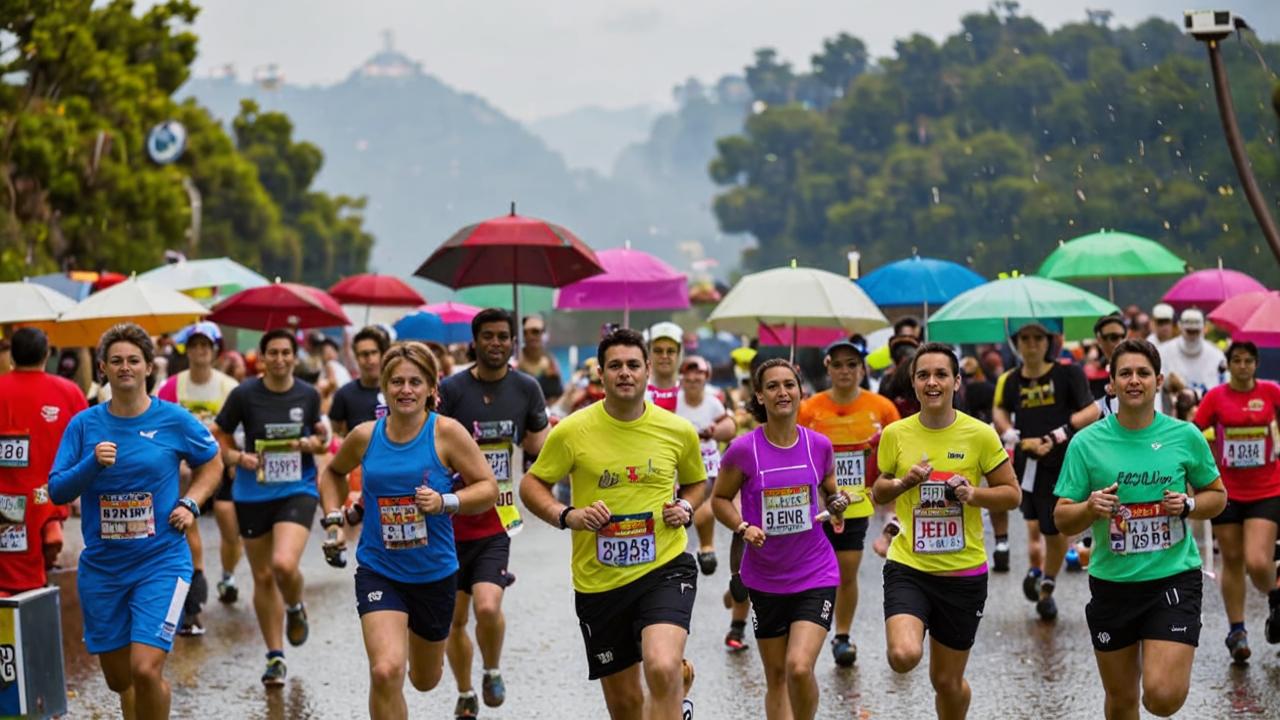
The Boston Marathon is known for having the most challenging course profile of any race in the Major Marathon series. I was anticipating a serious challenge.
First of all, I tried to gather information from experienced Boston Marathoners, studied the descriptions of the course stages, paid attention to the location of food and medical aid stations. It turned out that the relief is really difficult – a lot of hills, steep ascents and descents. Especially famous was the famous Heartbreak Hill at the 35th kilometer.
Unfortunately, I had very little time for special preparation for Boston – only six weeks. I had to make immediate adjustments to my training plan. I emphasized tempo interval training to improve my speed. And on weekends I ran for up to 3-3.5 hours, simulating the marathon distance.
The main motivation was to overcome the qualifying standard and earn a ticket to the next marathon in the Major series, bypassing the lottery. This motivated me.
The varied profile of the Boston Marathon course appealed to me. Right at the start, which is located in the neighboring town of Hopkinton, there is a gentle rolling start. This is followed by small hills throughout the course. And closer to the finish line is the famous steep climb of Heartbreak Hill. It is so hard that many runners take a step and lose valuable time. Such an obstacle should be approached prepared.
From the starting town of Hopkinton to the finish line on Boylston Street in Boston, you have to cover 42 kilometers. Before the start we were brought there by buses, and the last one and a half kilometers we had to walk to the starting area. Despite the early morning and fog, thousands of runners had already gathered there! And then the shot sounded, launching this sea of thousands of people, to which I felt a sense of belonging.

So that the fans could cheer me on during the course, I wrote my name on my stomach with a marker. As I ran the course, I kept hearing: “Well done, Anna!” It gave me strength.
At the 35th kilometer of the Boston Marathon, the weather changed – it rained. I got my feet wet, and then I rubbed them hard. At some point, the pain became so unbearable that I had to stop and take off my wet sock. Putting on my barefoot sneakers, I continued running.
After this incident, the trail went downhill. Going downhill and getting rid of the pain gave me a second wind! I covered the last seven kilometers very fast for a marathon finish.
The bad weather incident was a lesson for me. You should always be ready for unforeseen situations on a long distance, stay calm and confident. And the main thing is to know that any problem can be solved.
The Hawaii Half Marathon, 2022.
A race with altitude differences on a picturesque tropical island. The first half of the course is an uphill run, the second half is downhill to the ocean. I finished with a bronze medal, performing well against the strongest local runners.
When I plan a trip to a new country or city, the first thing I do is look for information about upcoming sporting events. Our vacation in Hawaii was no exception.

I had the opportunity to participate in a race in a unique tropical setting. And the starting line was on the biggest island of the Hawaiian archipelago, Big Island, where the most prestigious stage of the Ironman triathlon is held.
The start was scheduled for the second day after my arrival. I was flying from the other side of the world and risked jetlag. To prevent this from happening, I stayed up until the evening on the day of my arrival and went to bed at my usual time. Thankfully, it worked out.
The Hawaii Half Marathon surprised me with some pretty challenging course terrain. It turned out that the first half of the distance (10 km) is uphill, and the second half is downhill. At the same time, the climate here is tropical: hot and very humid.
On the other hand, the scenery was amazing! Exotic plants, bright colors, pleasant aromas of flowers gave additional energy.
I planned this start as part of my training for the fall marathon in Chicago. I decided not to take any risks at the beginning, but to run the first 10 km evenly, trying to conserve resources. The tactic worked – by the 10th kilometer I was in the fourth position in the women’s absolute.
At the 11th kilometer, on the last section of the climb, I managed to overtake my rival and reach the bronze position. I managed to keep this result until the finish!
After the race all participants were traditionally awarded with Hawaiian lei and treated with local fruits.
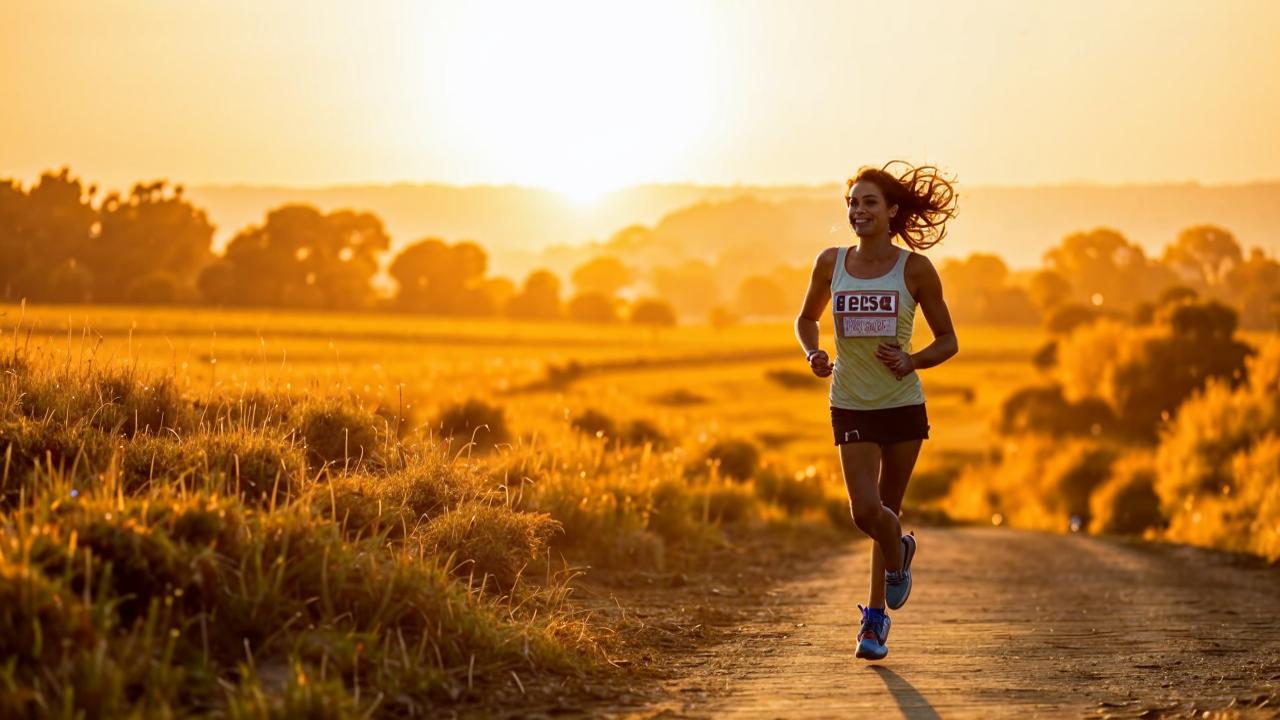
Alanya 17km Trail, 2022
The mountainous course included uphills and downhills, which required endurance and agility. I came second in this race.
The trail run in the picturesque city of Alanya in southern Turkey attracted me with its varied and unusual landscape. It is the only race where a relatively compact 17-kilometer distance combines completely different conditions: mountains, sea, sand, ancient city streets.
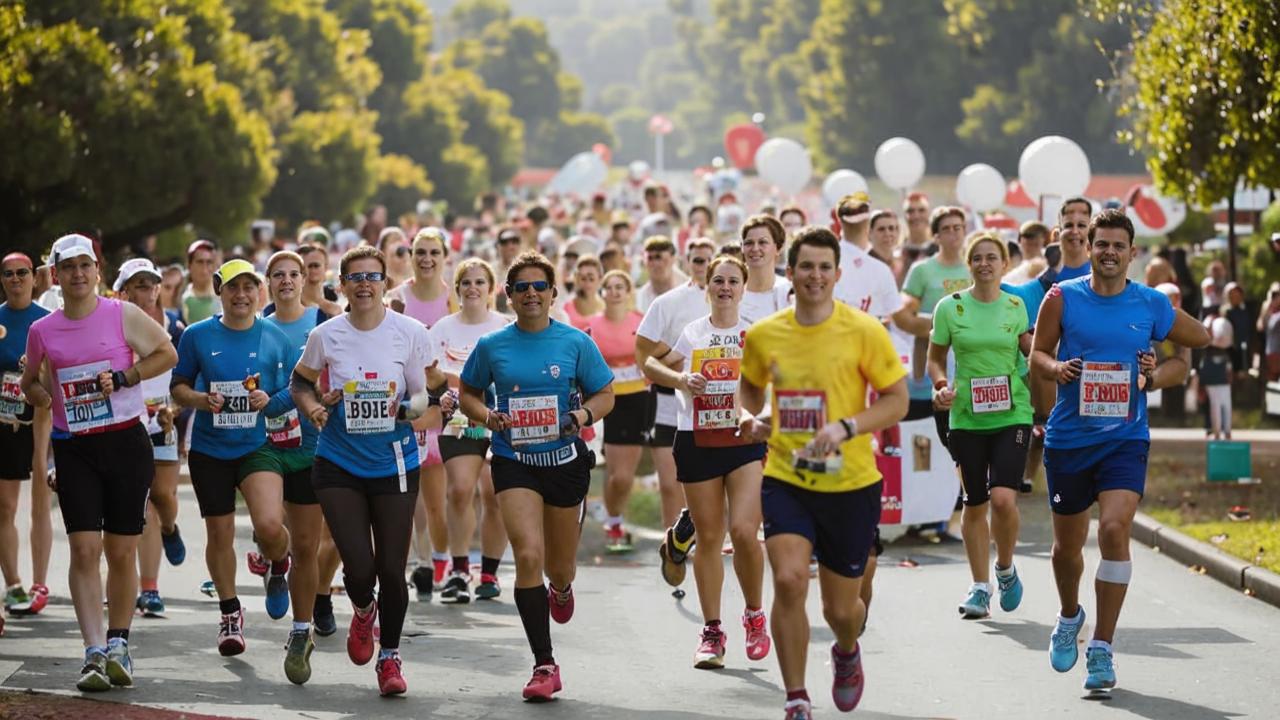
The main difference between trails and usual marathons is the importance of endurance and the ability to navigate in difficult terrain. You need skills of running up and down steep slopes, overcoming obstacles.
In training I emphasized on “mountain” runs – ascents and descents on rough terrain, forest trails. Separately, I practiced running techniques on loose sand and rocky areas, imitating the stages of the trail. I also included strength exercises to develop cortical endurance and strengthen deep muscles responsible for balance and stability.
The profile of the Alan Trail course is truly unique and memorable. The start is located on the territory of a picturesque medieval fortress on the very shore of the Black Sea. From here begins a steep uphill climb on ancient paving stones, which squeezes out all the juices.
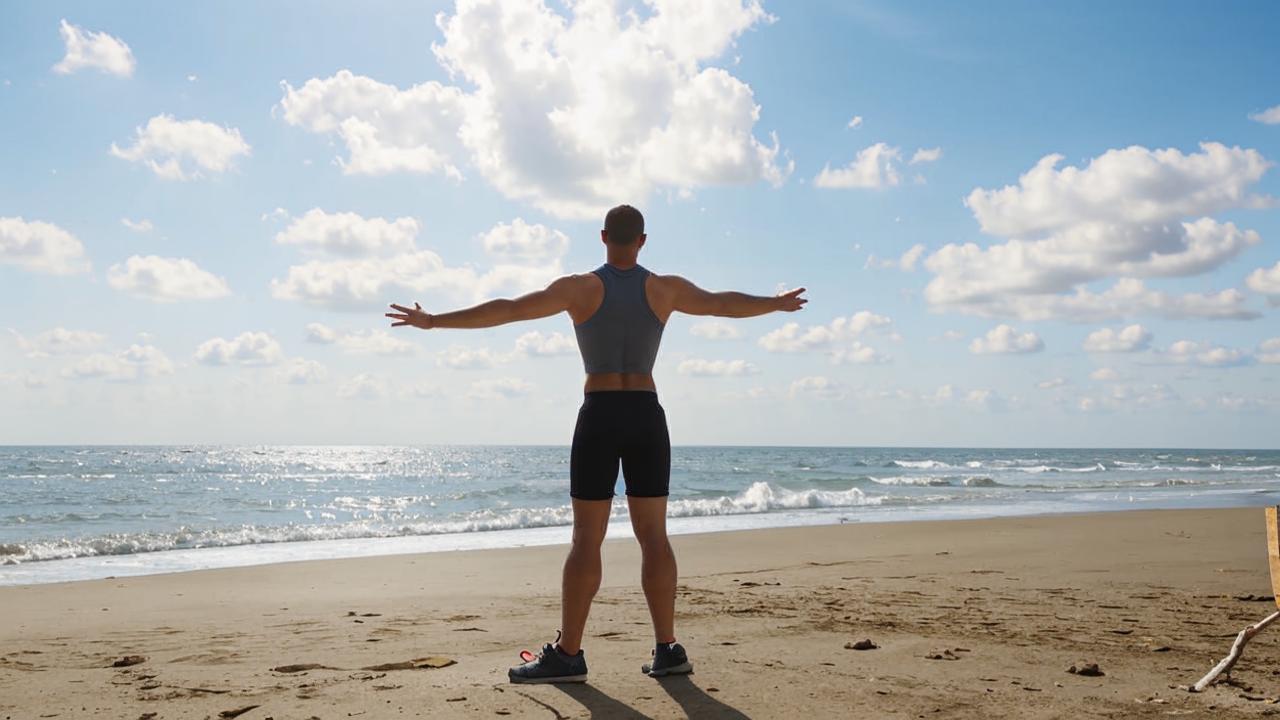
Further it was necessary to run about 4 km on asphalt. This respite was deceptive, because the most difficult part of the trail was ahead! We had to climb steeply uphill along a narrow path strewn with stones and sand. Scorching sun, not a bush on the sides. Such a climb is a real challenge even for trained athletes.
At the top we had to turn around and rush down the other way. First there was a steep mountain serpentine, then a run on deep loose sand. And again it was necessary to climb the mountain where the old town was located to the finish line.
This race caused a storm of emotions! Fear of extreme stages is replaced by the joy of overcoming yourself. When you experience it at least once, you want to come back again and again for bright emotions.

What’s next?
I have a lot of new unusual races in my plans. This year I’m focusing on training for the Speedgoat 50km ultramarathon in Utah. It’s a very difficult trail with an elevation gain of over three kilometers! A good result here is a pass to the legendary Ultra Trail du Mont Blanc in the French Alps next year.
In the fall I want to run classic marathons in Chicago and New York. And in the future I plan to take part in such exotic races as the Great Wall Marathon and the world’s oldest ultra-marathon 90 km along The Comrades highway in South Africa. I love challenging formats where I can test the limits of my abilities.
Of the five races described above, the most extreme for me was a mountain trail in Turkey. And the most dear to my heart is the Boston Marathon with its unique atmosphere.
For those who dare to try unusual races, I advise you to find a good coach and not to be afraid of difficulties. Look at the preparation as a journey to the goal, and then the process will become as exciting as the start itself.



